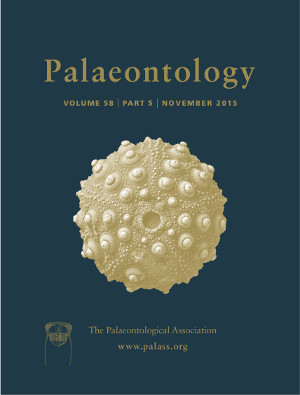Reg. Charity No. 1168330

As the sister lineage of all other actinopterygians, the Middle to Late Devonian (Eifelian–Frasnian) Cheirolepis occupies a pivotal position in vertebrate phylogeny. Although the dermal skeleton of this taxon has been exhaustively described, very little of its endoskeleton is known, leaving questions of neurocranial and fin evolution in early ray‐finned fishes unresolved. The model for early actinopterygian anatomy has instead been based largely on the Late Devonian (Frasnian) Mimipiscis, preserved in stunning detail from the Gogo Formation of Australia. Here, we present re‐examinations of existing museum specimens through the use of high‐resolution laboratory‐ and synchrotron‐based computed tomography scanning, revealing new details of the neuro‐cranium, hyomandibula and pectoral fin endoskeleton for the Eifelian Cheirolepis trailli. These new data highlight traits considered uncharacteristic of early actinopterygians, including an uninvested dorsal aorta and imperforate propterygium, and corroborate the early divergence of Cheirolepis within actinopterygian phylogeny. These traits represent conspicuous differences between the endoskeletal structure of Cheirolepis and Mimipiscis. Additionally, we describe new aspects of the parasphenoid, vomer and scales, most notably that the scales display peg‐and‐socket articulation and a distinct neck. Collectively, these new data help clarify primitive conditions within ray‐finned fishes, which in turn have important implications for understanding features likely present in the last common ancestor of living osteichthyans.